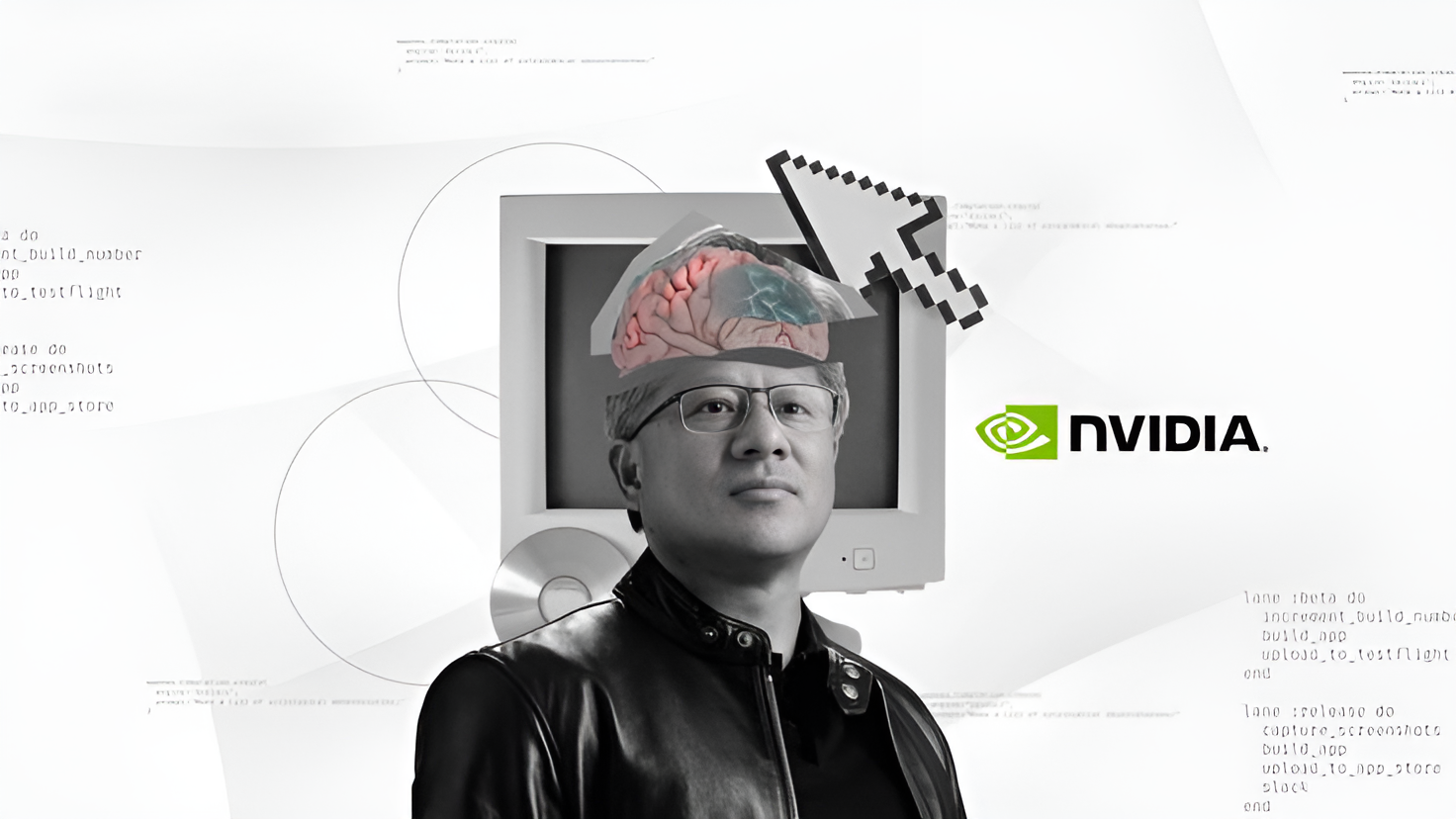Secure AI workloads on Google Cloud with HashiCorp Vault Analysis Report
5W1H Analysis
Who
The key stakeholders involved are HashiCorp, a cloud infrastructure automation firm, and Google Cloud, a prominent cloud services provider. The collaboration specifically affects users of Google Cloud services like Vertex AI and AutoML, as well as enterprise users prioritising cloud security and efficiency in AI workflows.
What
The announcement highlights the integration of HashiCorp Vault with Google Cloud to enhance security measures by managing dynamic credentials and enforcing strict access controls across AI services.
When
The announcement was made public on 30th May 2025, marking a significant enhancement in cloud security solutions offered by Google Cloud.
Where
This development is primarily centred around Google Cloud’s global network, impacting users worldwide who utilise its AI services, particularly those with operations in regions emphasising robust data protection regulations.
Why
The integration aims to address the growing need for enhanced security in AI workloads on cloud platforms. As AI services heavily rely on sensitive data, this partnership seeks to provide superior protection against unauthorised access and potential data breaches.
How
HashiCorp Vault integrates with Google Cloud by enabling the management of dynamic credentials. This process involves real-time issuance and revocation of access rights, thus reducing the risk of static credentials being compromised. It also implements robust access controls, ensuring only authorised parties can access specific AI services.
News Summary
HashiCorp and Google Cloud have announced a pivotal collaboration that sees the integration of HashiCorp Vault into Google’s cloud services. This partnership aims to bolster security for AI applications such as Vertex AI and AutoML by dynamically managing credentials and enforcing rigorous access controls. Announced on 30th May 2025, this move addresses the critical need for enhanced data protection in cloud-based AI solutions and applies globally to organisations leveraging Google Cloud's extensive network.
6-Month Context Analysis
Over the past six months, both HashiCorp and Google have been actively expanding their security features. Notably, HashiCorp has been enhancing its Vault platform with integrations focused on cloud-native environments, while Google Cloud has been upgrading its infrastructure to emphasise AI and machine learning capabilities. These developments align with a broader industry trend prioritising security, reflecting a growing emphasis on protecting AI workloads in cloud environments.
Future Trend Analysis
Emerging Trends
The integration exemplifies a trend towards increasingly sophisticated security measures in cloud computing, particularly for AI and machine learning applications. The use of dynamic credential management highlights a shift from static security models to more adaptive and responsive security frameworks.
12-Month Outlook
We may see further collaboration between cloud service providers and security firms to enhance AI applications' security. The emphasis on dynamic and adaptive security solutions is likely to grow, reflecting the complex and evolving threats facing global cloud infrastructures.
Key Indicators to Monitor
- Number of reported breaches involving AI workloads on cloud platforms
- Adoption rates of HashiCorp Vault among Google Cloud users
- Developments in global data protection regulations impacting cloud services
- Trends in AI services deployments on public clouds
Scenario Analysis
Best Case Scenario
The integration leads to a marked decrease in security incidents, enhancing trust in Google Cloud’s AI services and encouraging higher adoption rates among large enterprises prioritising secure cloud transitions.
Most Likely Scenario
There is steady improvement in security postures across AI platforms on Google Cloud, with a gradual increase in the adoption of dynamic credentials management, catering to organisational needs for secure AI deployments.
Worst Case Scenario
Despite the integration, potential misconfigurations or oversights lead to security vulnerabilities, undermining confidence in cloud-based AI deployments and exposing sensitive data to breaches.
Strategic Implications
Organisations using Google Cloud’s AI services should consider upgrading their security frameworks to incorporate dynamic credential management. Effective implementation of access controls is crucial for safeguarding sensitive data, which can help in complying with evolving data protection laws.
Key Takeaways
- HashiCorp Vault integration enhances security for Google Cloud AI users (Who/What).
- The focus on dynamic credentials aims to mitigate risks associated with static credentials (What/Why).
- Expect global impacts on enterprises using Google Cloud services (Where).
- Monitor adoption trends to gauge the integration's industry impact (How).
- Organisations should leverage new security features for better compliance and protection (What/How).
Source: Secure AI workloads on Google Cloud with HashiCorp Vault





















Discussion